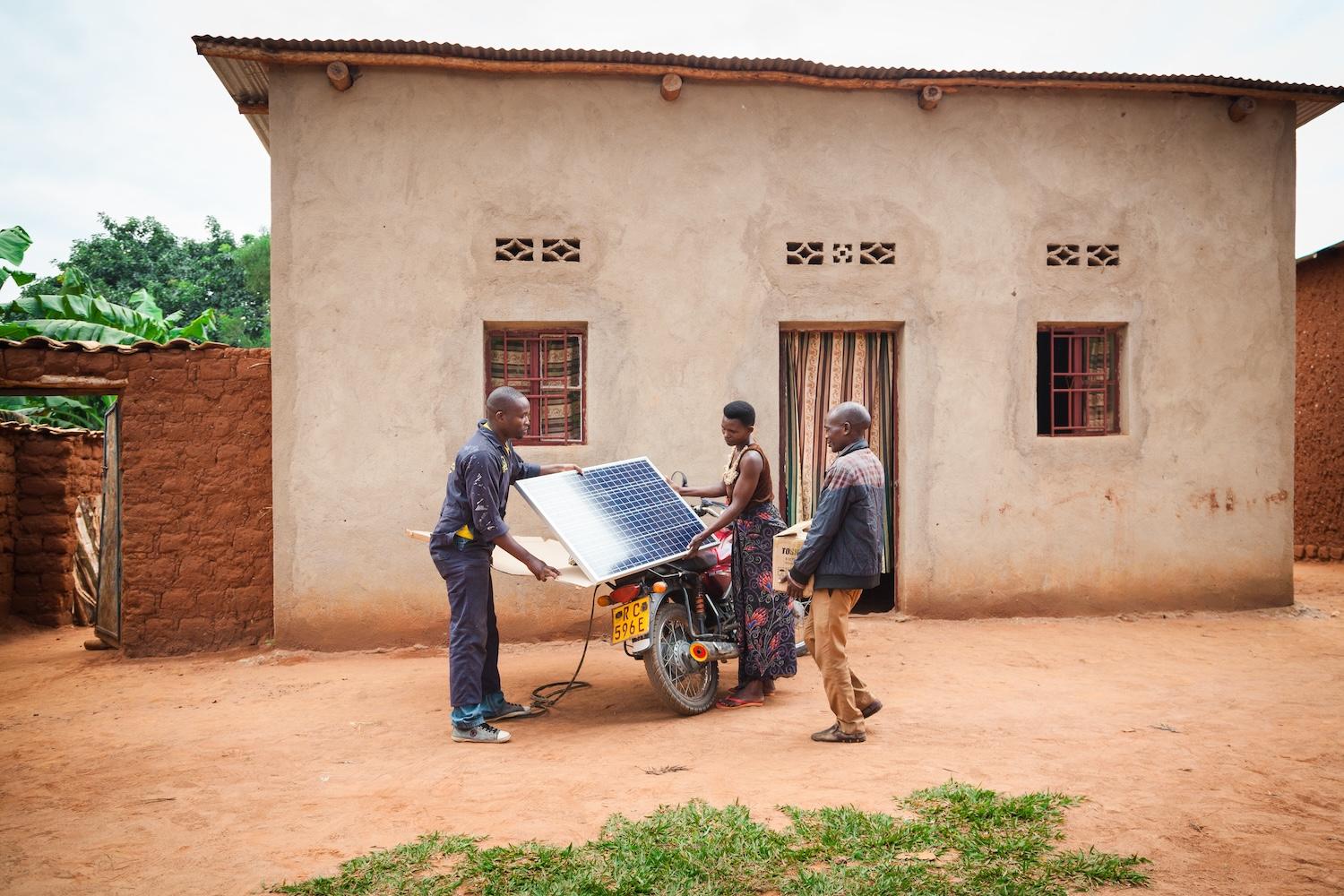
(Image: Power Africa via the Global Off-Grid Lighting Association)
Roughly 685 million people in sub-Saharan Africa lack access to electricity. The majority of these individuals, who represent 83 percent of the world's un-electrified population, live in communities that are remote, fragile, or conflict-prone and located some distance from an electrical grid. Bringing power to these populations is crucial for economic growth. Mobile connectivity, digital payments, e-commerce, and online education all require electricity, not to mention sectors like agriculture and healthcare.
Launched by the World Bank, the African Development Bank and nonprofit partners, the Mission 300 initiative aims to connect 300 million people in sub-Saharan Africa to electricity by 2030. Along with expanding access to the existing electrical grid, Mission 300 is developing micro-grids and standalone solar power to bring electricity to remote, off-grid areas.
“Off-grid solar is currently the fastest and most affordable way to provide energy access,” said Sarah Malm, executive director of the Global Off-Grid Lighting Association (GOGLA). “If the goal is to deliver electricity as quickly as possible, traditional approaches like grid extension or utility-scale power generation could take years — sometimes even decades — to implement. In contrast, off-grid solar offers a lower-cost, more accessible alternative that can be deployed rapidly, even in hard-to-reach locations.”
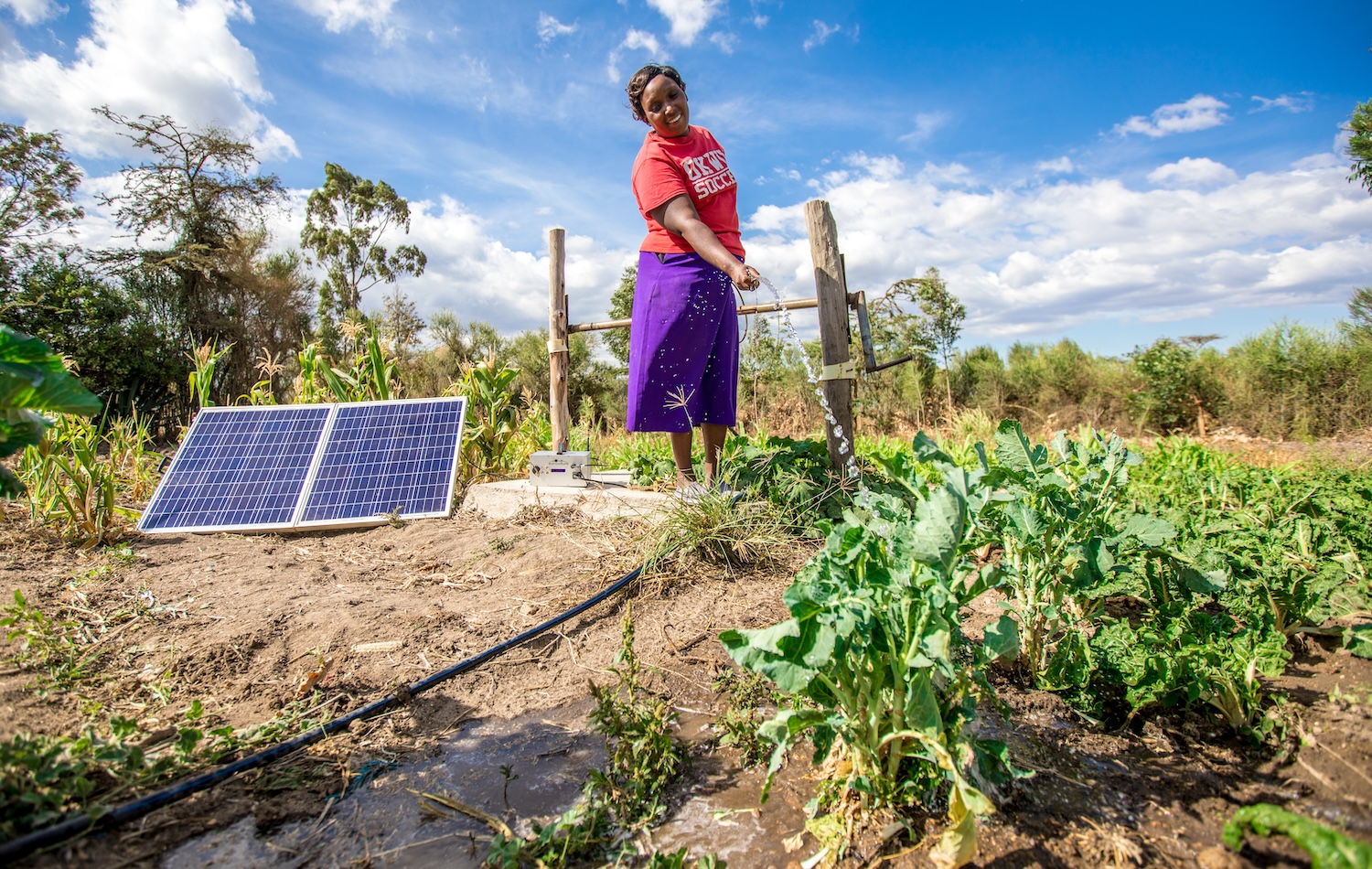
The biggest advantage of standalone solar power is that it isn’t dependent on the grid, and it's often very durable and mobile, an especially valuable factor in humanitarian settings, Malm said. “These systems can also be paired with other essential technologies, like solar water pumps or solar-powered grist mills — tools that are critical in basic agriculture and farming communities,” she explained. “Overall, they’re especially well-suited for remote areas that are beyond the reach of the grid.”
But the biggest challenges are speed and affordability, Malm said. “The goal is to provide access to electricity quickly, because without it, people are not only excluded from the economy, but also from basic aspects of quality of life,” she said. “Lack of electricity means no lighting for safety, for children to study, and so on. So, the priority is getting products to people that they can afford and getting them there as quickly as possible.”
Results-based financing is one way to solve the money problem. It's often used by national governments to pay for energy connections already in place, and it allows for direct subsidies to the companies delivering these connections, Malm said. “It’s important to understand that private-sector companies are the ones selling these products in the market, and they take on the upfront risk,” she explained. “That’s a significant shift from traditional utility models, where the risk is typically borne by governments."
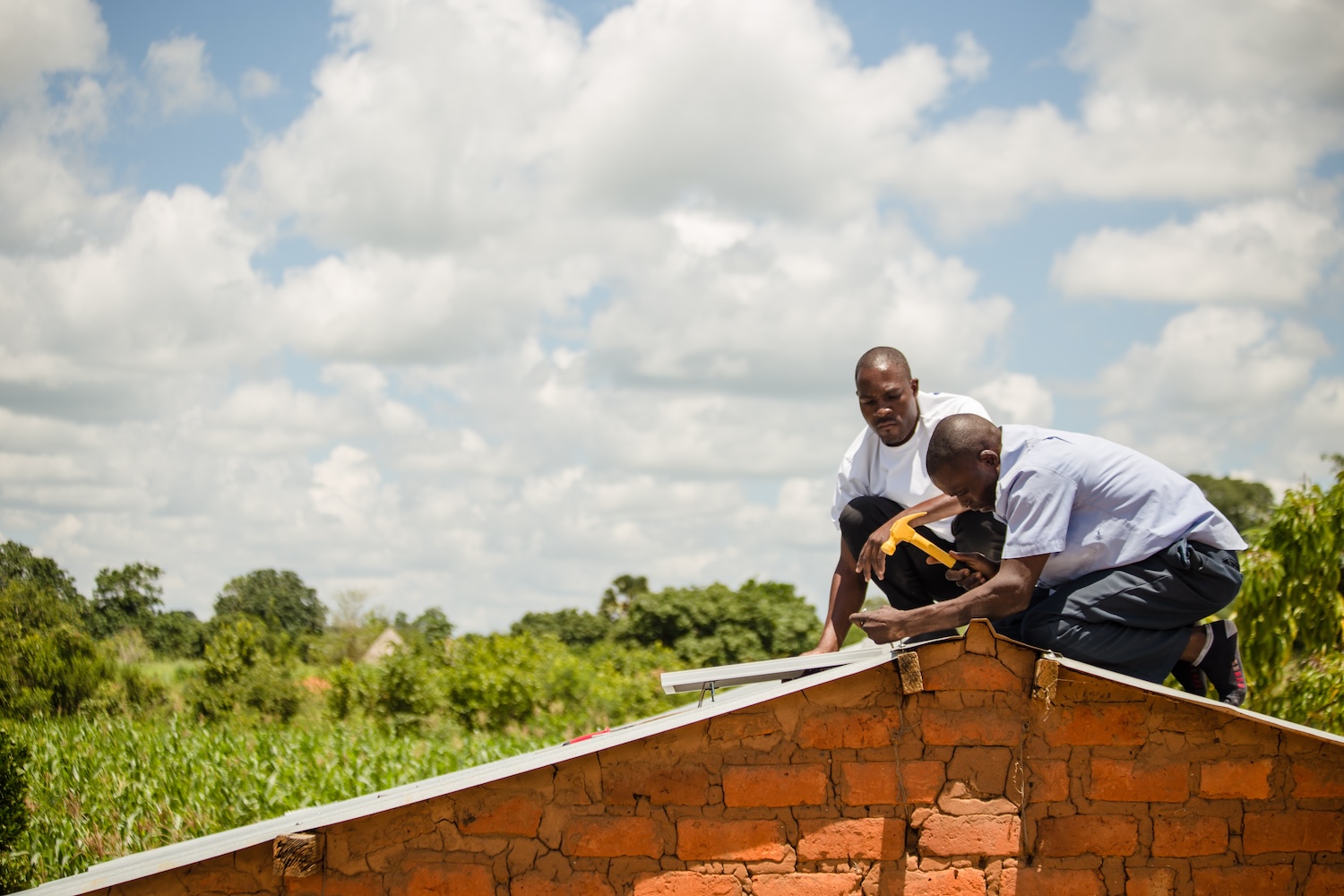
Pooling public, private and philanthropic funds together, known as blended finance, can reduce risk to any single investor. “These tools help hedge against foreign currency fluctuations, an especially critical factor in many of these markets,” Malm said. “Overall, lowering the cost of capital and de-risking investments are major areas of focus within the industry.”
Solar power solutions have now reached about 560 million people worldwide, Malm said, and the cost of solar panels and batteries has declined significantly. Off-grid solar technologies have also improved, with systems now offering higher power generation, longer lasting batteries, and major advances in both capability and reliability.
More than 10 million micro and small businesses are already powered by off-grid solar, and access to off-grid solutions has generated more $9 billion in new income for families across Africa and Asia. Along with homes and businesses, these systems support the smallholder farmers who are the backbone of rural economies, with off-grid solar irrigation and cooling systems improving the livelihoods of 700,000 farmers across Africa and Asia.
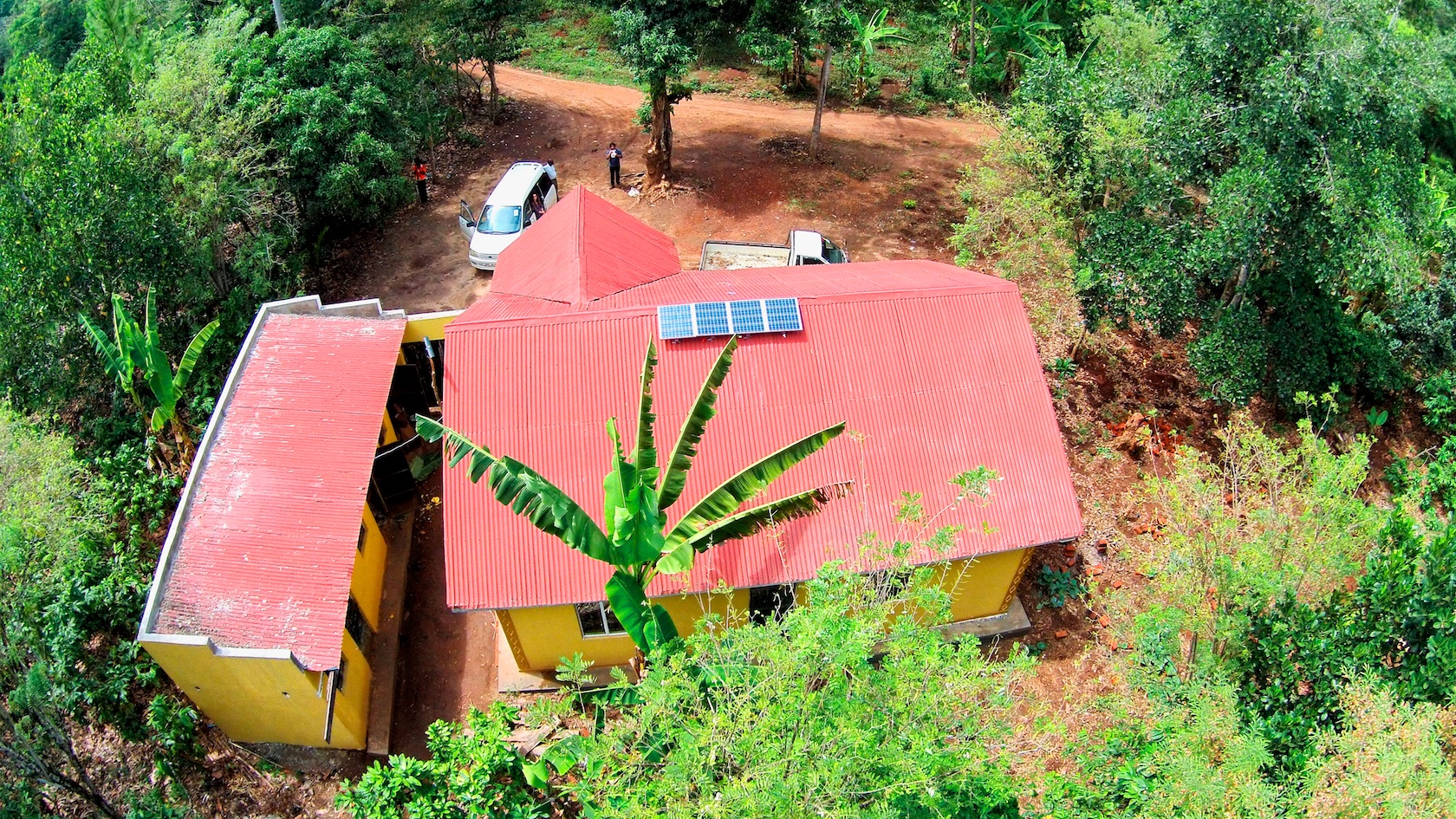
Given the benefits, it's no surprise the off-grid solar space is growing fast. More than 65,000 staff and field agents are directly employed by off-grid solar companies in Ethiopia, Kenya, Nigeria and Uganda alone, and another 62,000 work informally in the sector.
Malm views electricity access as a “true foundation for economic inclusion, opportunity and stronger communities” in sub-Saharan Africa. “I believe energy access is a nonpartisan issue. It’s something that can, should, and historically has been, supported by anyone who cares about economic development, educational opportunity for children, access to healthcare, and overall community well-being,” she said. “Providing even a basic level of energy access is the essential first step toward achieving all of these goals.”
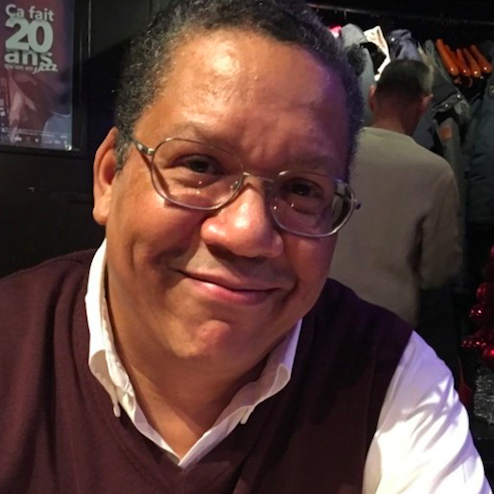
Gary E. Frank is a writer with more than 30 years of experience encompassing journalism, marketing, media relations, speech writing, university communications and corporate communications.














